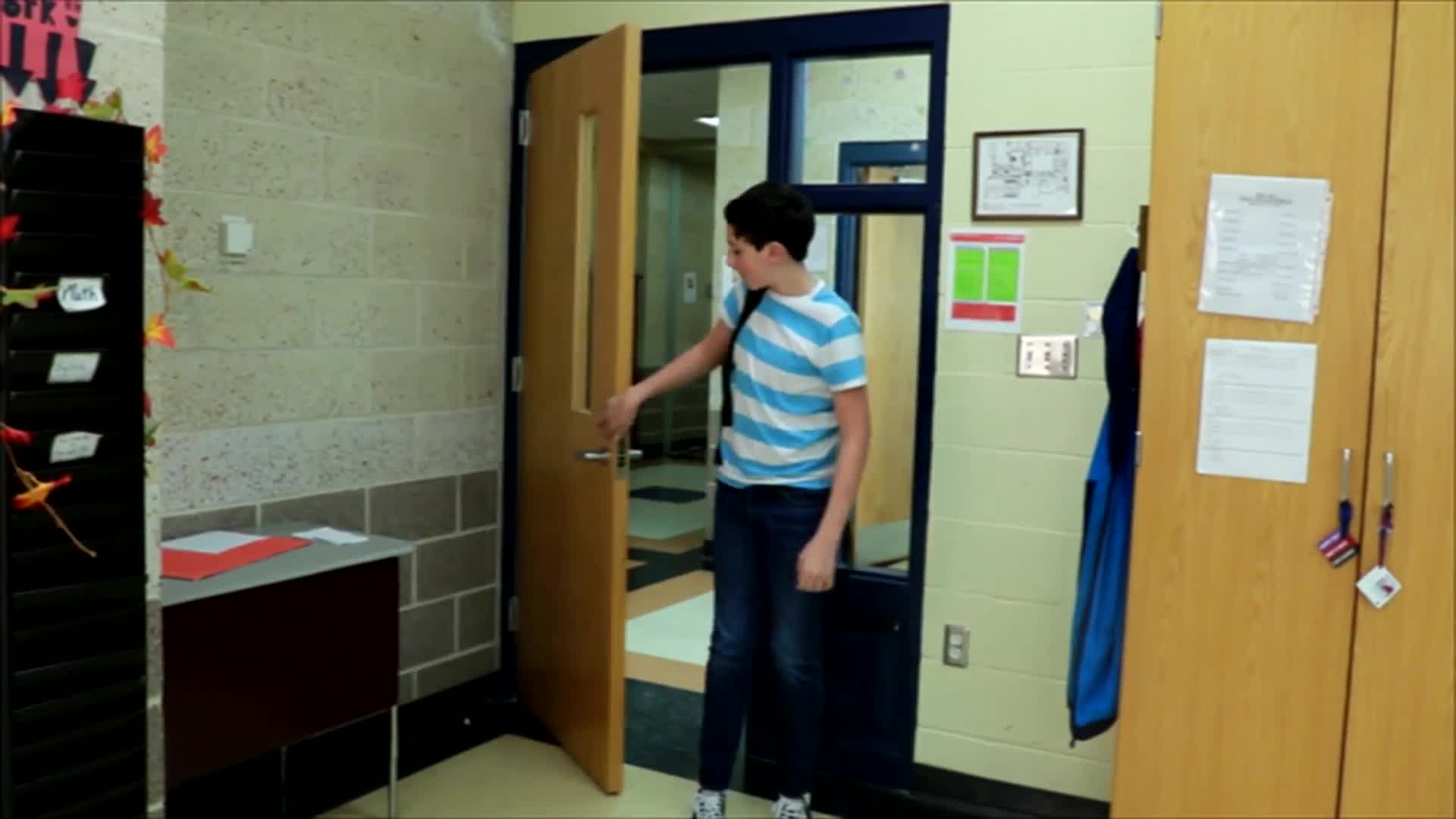
Creating a positive learning environment starts with how students enter the classroom. Teaching students effective classroom entry skills is an essential aspect of Social-Emotional Learning (SEL). In this blog post, we will discuss an easy-to-implement no-prep activity, valuable discussion questions, and related skills that educators can use to help students develop appropriate classroom entry behaviors.
Introduction
Effective classroom entry skills involve teaching students how to enter the classroom quietly, walk slowly, sit calmly at their desks, store their belongings properly, and pay attention to the teacher. By instilling these skills in students, educators can set the tone for a focused and respectful learning environment. These skills also help students to understand the importance of following routines, respecting others, and exhibiting self-control.
No-Prep Activity
One simple no-prep activity to teach effective classroom entry skills is the “Silent Entry Challenge.” This activity requires no additional materials and can be easily incorporated into the daily routine.
Steps for the Silent Entry Challenge:
- Before students enter the classroom, explain that they will be participating in the Silent Entry Challenge. The goal of the challenge is for everyone to enter the classroom as quietly and calmly as possible.
- Have students line up outside the classroom door, ready to enter.
- As students enter the classroom, observe their actions and provide positive reinforcement for those exhibiting the desired behaviors (e.g., walking slowly, sitting calmly, storing belongings quietly, and paying attention to the teacher).
- After everyone has entered the classroom and settled into their seats, briefly discuss how well the class did in the challenge and provide feedback on areas for improvement.
- Repeat the Silent Entry Challenge periodically to reinforce the skills and encourage students to continue practicing them.
Discussion Questions
Use these discussion questions to further explore the importance of effective classroom entry skills:
- Why is it important to enter the classroom quietly and calmly?
- How do our actions when entering the classroom affect our classmates and the overall learning environment?
- What strategies can we use to help ourselves remember to practice effective classroom entry skills?
- How do you feel when you successfully enter the classroom calmly and quietly?
- What are some challenges you might face when trying to consistently practice these skills, and how can you overcome them?
Related Skills
Effective classroom entry skills are closely related to other essential SEL skills that contribute to a positive and productive learning environment. Some of these include:
- Active Listening: Paying attention to the teacher and following directions are critical aspects of classroom entry skills and contribute to overall student success.
- Self-Control: Students must exercise self-control to enter the classroom calmly and quietly, setting the stage for a focused learning experience.
- Respect for Others: By entering the classroom in a considerate manner, students demonstrate respect for their classmates and teacher, fostering a supportive environment.
- Time Management: Practicing effective classroom entry skills helps students manage their time efficiently and transition smoothly between activities.
Next Steps
Teaching effective classroom entry skills is just one of the many ways educators can support students’ social-emotional development. To explore more activities and resources, sign up for free sample materials from Everyday Speech. These materials cover a wide range of skills that can help students develop the essential tools they need to succeed in school and beyond.

